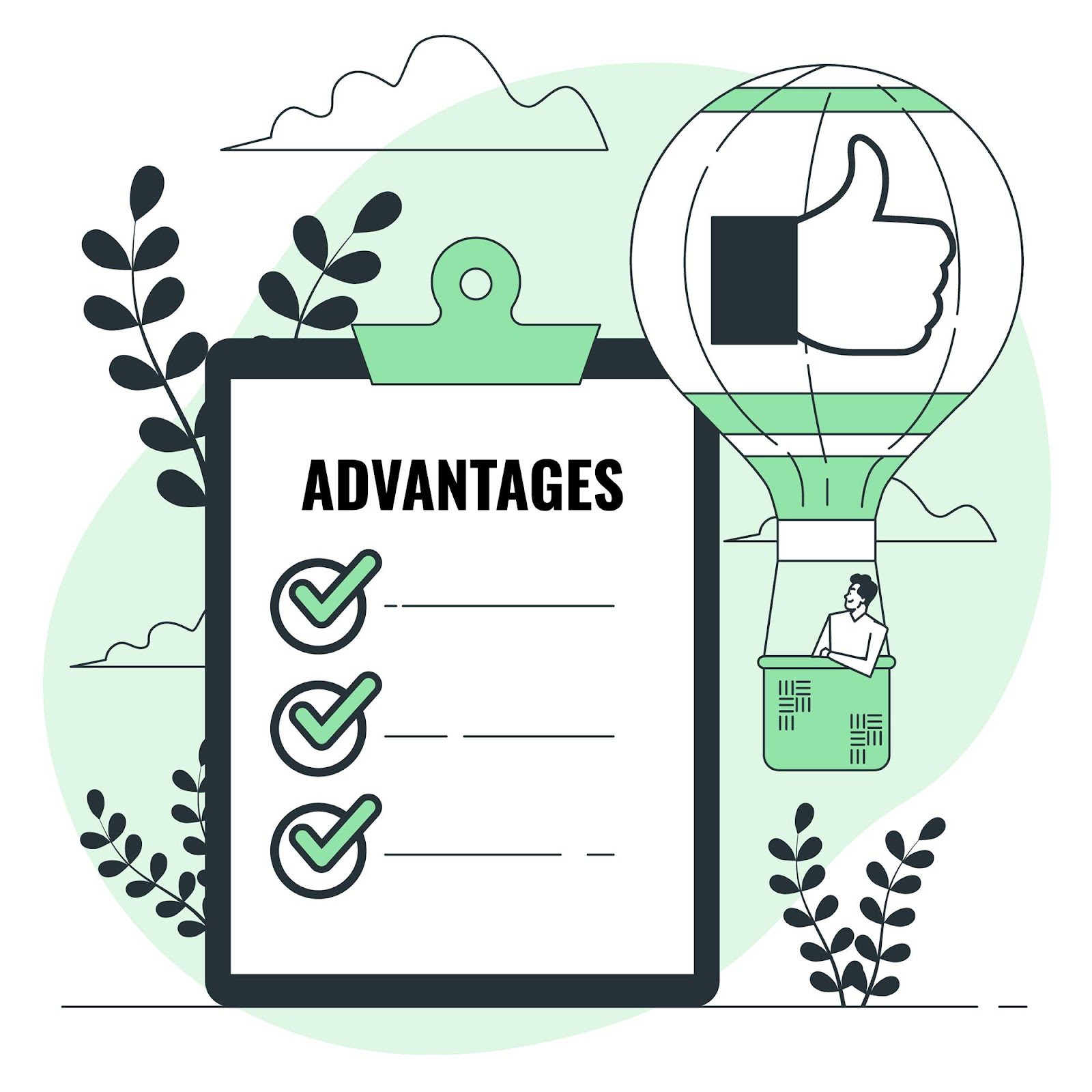The Advantages of Including OCR In Your Workflow

OCR, or Optical Character Recognition, is a technology that enables you to extract text from images and scanned documents. The technology works by recognizing the letters, numbers, and symbols in an image and converting them into machine-readable text. This text can then be edited, searched, and manipulated as if it were any other text document.
Optical Character Recognition technology is a highly innovative tool that helps businesses and organizations improve their workflow processes by digitizing and automating manual data entry tasks. The implementation of OCR in a workflow provides numerous benefits that help organizations become more efficient and productive. Optical character recognition technology is a game changer for businesses.
What is OCR?
OCR is an advanced technology that uses algorithms to recognize and extract text from images, such as JPGs. This technology has been around for several decades and has evolved significantly over the years, becoming more accurate and user-friendly. With OCR, you can convert an image file, such as a scanned document, into a machine-readable text format that can be edited, searched, and stored in a database.
JPG to Text OCR Technology
JPG to Text OCR (Optical Character Recognition) technology has revolutionized the way we convert images into editable and searchable text. JPG to Text enables us to extract text from images and convert it into an editable and searchable format. This technology has a wide range of applications and is used in various industries including publishing, legal, finance, and more. It has greatly improved the efficiency and accuracy of data conversion and made the process much faster and less time-consuming.
OCR technology works by analyzing the image, recognizing the characters present, and converting them into text format. This technology can be used to convert a wide range of image formats, including JPG, PNG, BMP, and more.
Advantages of OCR
OCR offers numerous benefits that streamline workflows, improve accuracy and efficiency, and save valuable time and resources. Here we’ll explore the top three advantages of incorporating OCR into your workflow.
Improved Data Management
Including OCR in your workflow is the improvement of data management. OCR technology allows for the digitization of paper-based documents and images. OCR makes it easier to store, access and manage large amounts of data. The digitized data is also more secure than paper-based documents. It can be backed up and protected from physical damage or loss. Furthermore, OCR technology enables the integration of data into other systems and applications, making it easier to share on projects.
Saves Time and Increases Productivity
One of the biggest benefits of using OCR is that it saves time and increases productivity. OCR refers to the process of converting JPG to text into a machine-readable format, making it easier to manipulate. Converting image-based text into readable format can be done in seconds, allowing you to quickly extract and manipulate information. This is especially true for large volumes of image-based text, as OCR can process many files at once. It reduces the time it takes to manually extract information from each file.
Increased Accuracy and Efficiency
One of the biggest benefits of using OCR technology is the increase in accuracy and efficiency it provides. Traditional manual data entry tasks are prone to human error. OCR technology can quickly and accurately convert scanned documents into digital text, reducing the chances of errors occurring. It also automates repetitive tasks, freeing up employees’ time to focus on important tasks that require human interaction and judgment.
With OCR, data can be easily extracted, sorted, and analyzed, providing valuable insights and decision-making information. It can improve the accuracy of your data. When you scan a document or an image, the text may become distorted, making it difficult to read. OCR technology eliminates these distortions, ensuring that the text is accurate and readable. This can help to reduce errors in your data and ensure that your information is up-to-date and accurate.
Enhanced Accessibility and Productivity
Incorporating OCR into your workflow can also improve accessibility for individuals with disabilities. OCR technology can extract text from images and scanned documents and make it machine-readable. OCR makes it easier for individuals with disabilities to access and use your data.
OCR technology can also help to increase your productivity by reducing the amount of time you spend manually entering data. With OCR, you can quickly and easily extract text from images and scanned documents, which can save hours of time. This time savings can be used to focus on analyzing data, making decisions, and improving your workflow.
Increased collaboration
OCR technology can facilitate collaboration by making documents easier to share and edit. Once converted into digital format, documents can be easily shared via email, cloud storage, or collaboration tools, allowing multiple users to access and edit the same document at the same time.
Cost savings
By automating manual document processing tasks, OCR technology can help reduce labour costs and improve efficiency. Additionally, by reducing errors and inaccuracies, OCR technology can help avoid costly mistakes and rework.
Better data analysis
OCR technology can help improve data analysis by converting unstructured data, such as text in images or handwritten notes, into structured digital data that can be easily analyzed and processed. OCR software can extract data from invoices, receipts, and other documents, and convert them into a structured format that can be imported into spreadsheets or databases for further analysis. This structured data can then be used to generate reports, perform trend analysis, or make more informed business decisions.
For example, a company that receives a large number of invoices each month can use OCR technology to automate the processing of these invoices. Once the invoices are scanned and converted into digital format, OCR software can extract key data points, such as invoice number, date, amount, and vendor name. This data can then be automatically imported into an accounting system or a spreadsheet for further processing and analysis.
The Future of OCR Technology
The future of OCR technology is very promising. As the technology continues to advance,. It is expected to become even more accurate and efficient. The use of artificial intelligence (AI) and machine learning (ML) is expected to improve the performance of OCR technology.
OCR (Optical Character Recognition) technology has been around for several decades now, but it has come a long way in recent years. The technology has advanced so much that it is now possible to convert PDFs into searchable and editable text. This has made it easier for businesses by making it possible to store, search, and retrieve information more efficiently.
The impact of OCR technology on the business world has been significant. By making it easier to store large amounts of information, OCR technology has enabled businesses to become more productive. In addition, the use of OCR technology in business processes such as data entry has reduced the amount of time and resources.
Wrapping Up
Incorporating OCR technology into your workflow provides numerous benefits that help organizations become more efficient and productive. From increased accuracy and efficiency to improved data management and cost savings, OCR technology is a highly innovative tool that should be considered by any business looking to improve their workflow processes. It becomes more accurate and efficient, making it possible to recognize text in a wider range of font styles and handwriting. OCR technology is a must-have for any organization looking to remain competitive in today’s fast-paced business environment.
FAQs (Frequently asked questions)
What are some examples of businesses or industries that can benefit from OCR?
Many businesses and industries can benefit from OCR, including healthcare, finance, legal, education, government, and more. For example, healthcare organizations can use OCR to digitize medical records, insurance claims, and other documents, while finance companies can use OCR to process invoices, receipts, and other financial documents.
Is OCR difficult to use?
OCR technology has become more user-friendly and accessible in recent years, with many software solutions offering intuitive interfaces and easy-to-use features. Some OCR software also offers advanced features, such as machine learning algorithms and natural language processing, for more accurate and efficient processing.
Can OCR be used for security purposes?
OCR can be used for security purposes, such as document verification and authentication. For example, OCR can be used to extract and compare data from identification documents, such as passports or driver’s licenses, to ensure their validity.
What are some of the limitations of OCR?
OCR is not 100% accurate, especially when dealing with handwriting, poor image quality, or complex formatting. Some languages and character sets may also be more difficult for OCR software to recognize.
How can I integrate OCR into my workflow?
OCR can be integrated into various software and applications, such as document management systems, scanning software, or even mobile apps. Some OCR software can also be used as a standalone solution.



